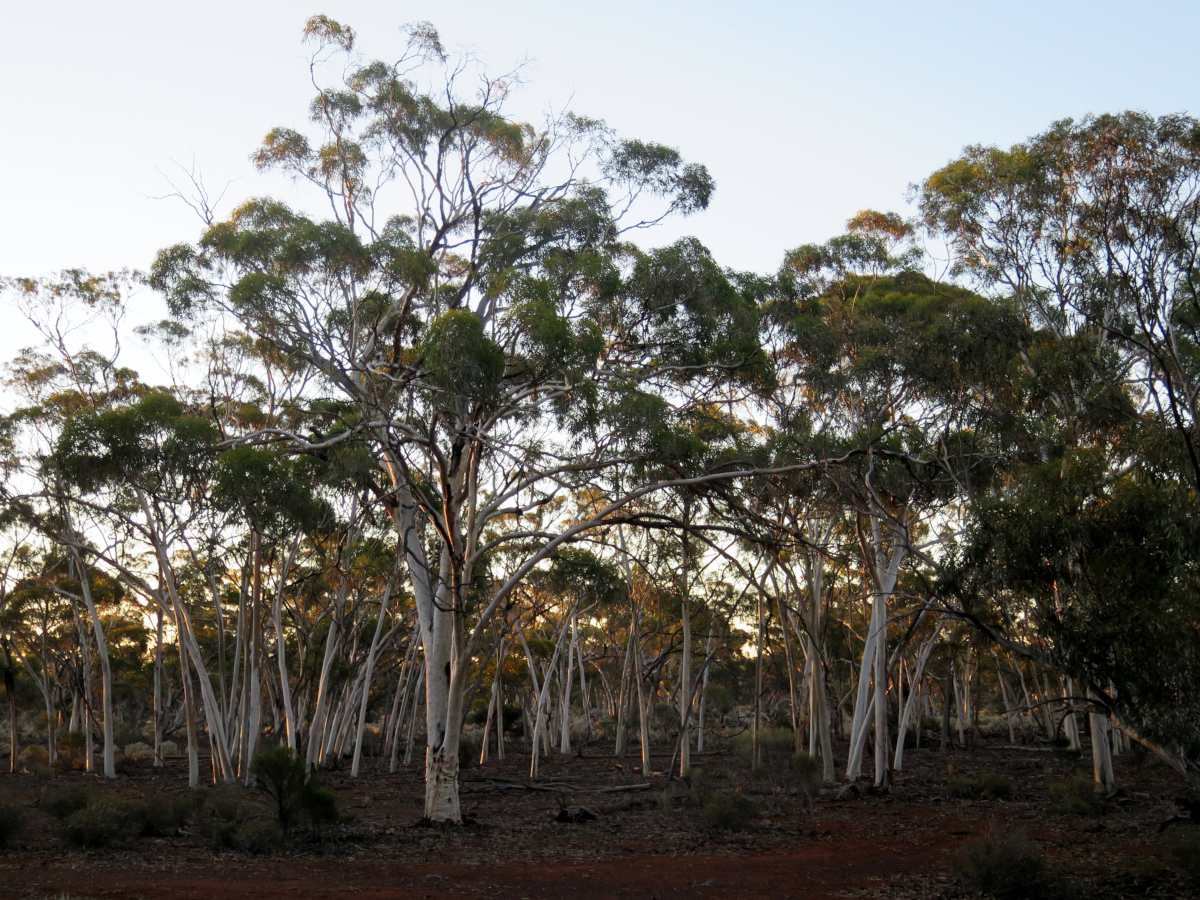Since the 1980s the Lord Howe Island (LHI) Board has been conducting a holistic ecological restoration program, focusing on countering the effects of introduced and invasive species that threatened the island’s World Heritage recognised ecosystems. The conservation and invasive species eradication programs are island scale (1455ha) and have resulted in change and a demonstration that a community can turn back the tide on environmental degradation and invasive species impacts with determination and sound ecological guidance.
Key strategies include the management and eradication of invasive weeds, rodents, tramp ants and protection from plant diseases and pathogens on the recognition that failure to act would result in further impact and decline of species and their habitats. Achievements include the successful eradication of over 10 weed species, cat, pig, goat, African Big-headed Ant and myrtle rust. A further 20+ weeds are considered on the verge of being able to be declared eradicated in coming years with an 80% reduction in weed density island wide and a 90% reduction in the presence of mature weeds. An eradication program for ship rat, house mouse and the introduced masked owl are scheduled for winter 2019 following final approval by the LHI Board in September 2018.
All projects within the program are based on proven ecological restoration principles and trialled on site. Each project has relied on input from experts in their relevant field and key partners. Projects are implemented in accordance with adopted work plans and are work to factor in community issues and concerns without affecting the project outcome. Most projects have utilised volunteer and expert contract input from the mainland and other island eradication projects, such as those carried out in New Zealand).
The program’s significant outcomes have been recognised through the IUCN Conservation Outlook which in 2017 scored the Lord Howe Island Group’s outlook as good, primarily due to the success of projects that have, are being and are planned to be implemented to restore and protect the islands unique World Heritage values.
Weed teams apply search effort across near 80% of island terrain, their effort monitored through record of GPS track logs across designated weed management blocks.
Contact: Hank Bower, Manager Environment/World Heritage, Lord Howe Island Board, PO Box 5, LORD HOWE ISLAND, NSW 2898, Ph: 02 65632066 (ext 23), Fax: 02 65632127, hank.bower@lhib.nsw.gov.au
Links:
Read the EMR Project summary: https://site.emrprojectsummaries.org/2018/12/20/lord-howe-island-biodiversity-restoration-and-protection-programs-nsw-australia/
Video conference presentation: https://www.aabr.org.au/portfolio-items/protecting-paradise-restoring-the-flora-and-fauna-of-world-heritage-listed-lord-howe-island-hank-bower-and-sue-bower-lhi-board-aabr-forum-2016/


















